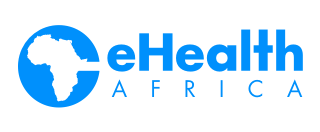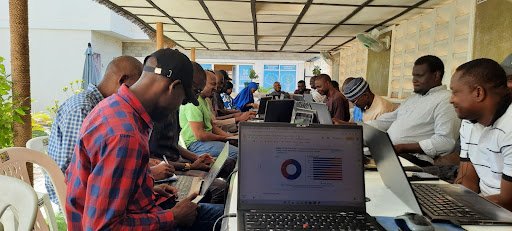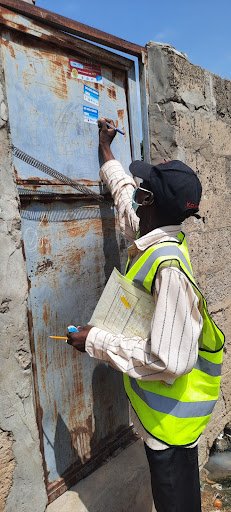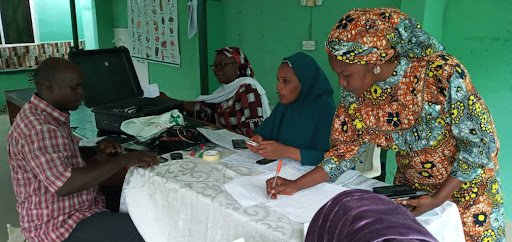By Mohammed Bello, Victoria Onyilokwu and Zakariyau Aliyu
In March 2012, the World Health Organization (WHO) issued a policy recommendation on Seasonal Malaria Chemoprevention (SMC), a new intervention against plasmodium falciparum malaria. This intervention has proved efficient, cost-effective, safe, and workable for prevention of malaria among children under 5 years of age in highly susceptible areas with intense seasonal malaria transmission.
The malaria parasite is still the leading cause of morbidity and mortality, causing an estimated 228 million cases of clinical malaria and at least 602,000 deaths in Africa, as of 2021 according to WHO. About 80% of these cases and deaths occur in children under five years old.
In Northeast Nigeria, malaria is endemic, with perennial transmission: the marked seasonal peak runs from July to November each year. This coincides with the onset of the rainy season (June through October) which limits humanitarian relief access and exacerbates the shelter, food, and health situation with direct risks related to sanitation, nutrition, and malaria.
SMC is designed to protect children by clearing existing infections and preventing malaria during the season of greatest risk. This is achieved through the monthly administration of antimalarial medicines, usually sulfadoxine-pyrimethamine plus amodiaquine (SP+AQ), for as long as the rainy season lasts. WHO recommends the SMC as a highly effective, community-based intervention among vulnerable populations.
Following the successful implementation of the pilot cycle of the SMC GIS Tracking Support in October 2021, eHealth Africa (eHA) worked with support from WHO in July 2022, for a state-wide administration of SMC. This time, the exercise covered all 21 Local Government Areas (LGAs) of Adamawa State, and 4 selected LGAs of Yobe State. During the campaign, eHA sought to improve the monitoring of the campaign using GIS Tracking of Community Drugs Distributors (CDD). In addition, they worked to improve accountability during commodity distribution and utilization across the campaign locations.
Training of field staff on the use of the MISTA Tool in Yola, Adamawa state.
Photo Credit: eHA
How did we do this?
eHA has in-depth knowledge of the Nigerian terrain, strong partnerships and extensive experience in collaboratively implementing projects across the country including in security-compromised locations. They use this experience in field operations, data management, project logistics, and project management to conduct GIS micro-planning activities, geospatial data analysis and visualization.
To access the hard-to-reach settlements and effectively monitor the campaign and coverage of commodities distributed and utilized, they deployed GIS Tracking throughout the SMC campaign in both states to aid effective and timely monitoring of the movement of over 2,000 teams of Community Drugs Distributors. This enabled real-time information on coverage of households and settlements. The tracking system identified omitted households and provided insight into the areas eligible for mop-up. This also enhanced accountability and transparency during the implementation.
The tracker analyzed and produced daily settlement visitation status and settlement coverage (visited/not visited). In addition, a dashboard was created for both Adamawa and Yobe to monitor drug distribution and utilization during the campaign.
GIS Tracking proved effective in monitoring SMC campaign activities. It helped to improve accountability during commodity distribution/utilization. eHA remains committed to harnessing technology-driven approaches to eradicate the burden of malaria and other diseases.
CDD Team supervisor, Buhari Bello marks a house after administering SMC in Kofar Arewa Yusufari LGA, Yobe state.
Photo Credit: eHA
eHA Field Officer, Aisha Hussaini (right), retrieving trackers from Ward Focal Persons after SMC field activities in Yola North, Adamawa State.
Photo Credit: eHA
The Program Partners








